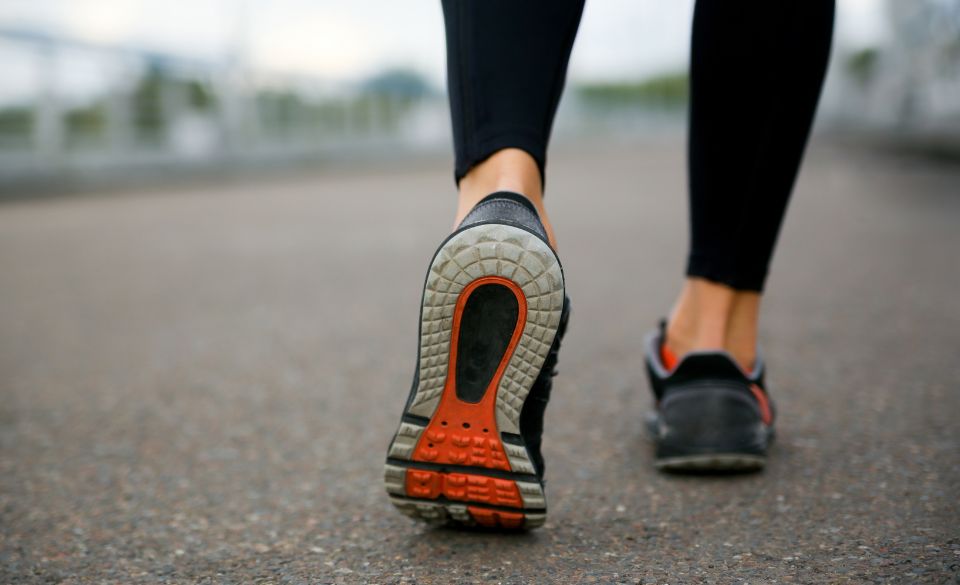
Drop Foot Exercises: Regaining Mobility with Confidence
Page Contents
If you’re dealing with drop foot, you’re no stranger to the challenges it presents. But fear not – we’re here to guide you through a series of effective drop foot exercises that can help you regain your stride and face the world with renewed confidence. Let’s dive into this journey of empowerment and mobility!
Understanding Drop Foot: A Brief Overview
Before we jump into the exercises, let’s quickly recap what drop foot is. Drop foot, also known as foot drop, is a condition where you have difficulty lifting the front part of your foot. It can be caused by various factors, including nerve injuries, muscle weakness, or neurological conditions. This limitation in foot movement can impact your walking pattern and overall mobility.
The Battle Plan: Enter drop foot exercises – a series of targeted movements designed to strengthen the muscles involved in foot dorsiflexion (lifting the foot upward) and improve your gait. The goal is to retrain your muscles, build stability, and restore a more natural walking pattern.
Drop Foot Exercises: Your Key to Progress
1. Ankle Dorsiflexion Stretch:
– Sit down with your legs extended in front of you.
– Loop a resistance band around your foot and anchor it to a sturdy object.
– Gently pull your foot upward against the resistance, feeling a stretch in your calf.
– Hold for 15-20 seconds and repeat 3 times on each foot.
2. Towel Scrunches:
– Place a towel on the floor in front of you.
– Sit down and use your toes to scrunch the towel toward you.
– Release and repeat the scrunching motion for 10-15 repetitions on each foot.
– This exercise helps strengthen the muscles in your foot.
3. Heel Raises:
– Stand near a support for balance (a chair or countertop works well).
– Slowly raise your heels off the ground, lifting onto your toes.
– Hold for a few seconds at the top and then lower your heels back down.
– Aim for 3 sets of 10-15 repetitions.
4. Resistance Band Walks:
– Place a resistance band around your ankles.
– Take small sideways steps, maintaining tension in the band.
– Walk 10 steps to the right and then 10 steps to the left. Repeat for 3 sets.
The Science Behind the Strides
Study #1: Journal of NeuroEngineering and Rehabilitation
This study explored the effects of specific drop foot exercises on gait parameters and muscle strength. The results highlighted significant improvements in gait patterns and muscle strength after engaging in targeted exercises. This underscores the effectiveness of exercise interventions in addressing drop foot.
Study #2: Archives of Physical Medicine and Rehabilitation
Another study delved into the impact of resistance band exercises on dorsiflexor muscle strength in individuals with drop foot. The findings showcased significant improvements in muscle strength, suggesting that resistance band exercises can play a pivotal role in rehabilitation.
Confidence in Every Step: Progressing with Drop Foot Exercises
Welcome back, champions of mobility! You’ve taken the first steps in your journey to overcome drop foot, and now it’s time to delve deeper into your exercise routine. With determination as your driving force and these additional drop foot exercises as your tools, you’re on the path to regaining strength, stability, and the confidence to move freely.
5. Toe Tapping:
– Sit comfortably with your feet flat on the ground.
– Lift the toes of your affected foot as high as you can without moving your heel.
– Lower your toes back down gently.
– Aim for 3 sets of 10-15 repetitions on each foot.
6. Alphabet Writing:
– Sit down and use your big toe to “write” the alphabet in the air.
– This exercise engages the muscles responsible for foot movement and coordination.
– You can do this exercise for both feet as a warm-up or cool-down activity.
7. Calf Raises:
– Stand with your feet hip-width apart, holding onto a stable surface for support.
– Slowly raise your heels off the ground, lifting onto your toes.
– Lower your heels back down.
– Aim for 3 sets of 10-15 repetitions.
8. Balance Exercises:
– Practice standing on one leg for short durations, gradually increasing the time as your balance improves.
– You can also try standing on a soft surface, like a foam pad, to challenge your stability.
Stepping Up the Game: Advanced Drop Foot Exercises
As your strength and confidence grow, you can gradually introduce more advanced exercises to your routine. These exercises further challenge your muscles and coordination, contributing to your overall progress.
9. Resistance Band Dorsiflexion:
Sit on the floor with your legs extended in front of you.
Loop a resistance band around your foot and anchor it to a sturdy object.
Flex your foot upward against the resistance, engaging your dorsiflexor muscles.
Slowly release and repeat for 3 sets of 10-15 repetitions on each foot.
10. Step-Ups:
– Use a sturdy step or platform.
– Step up onto the platform with your affected foot, then step down gently.
– Gradually increase the height of the platform as you build strength and confidence.
Walking Tall: The Benefits of Consistent Effort
As you immerse yourself in these drop foot exercises, you’re not just engaging your muscles – you’re reclaiming your independence and redefining your mobility. Every repetition, every stretch, and every effort you put into these exercises is a step toward a stronger, more stable you.
By consistently incorporating these exercises into your routine and gradually progressing their intensity, you’re setting the stage for remarkable improvements in your gait and overall mobility. Your determination is your driving force, and your progress is a testament to your resilience.
Remember, drop foot exercises are a part of your journey, not the whole journey. Pair these exercises with a holistic approach that includes a balanced diet, adequate hydration, and sufficient rest. And of course, consult your healthcare provider before embarking on any new exercise routine, especially if you have underlying medical conditions.



